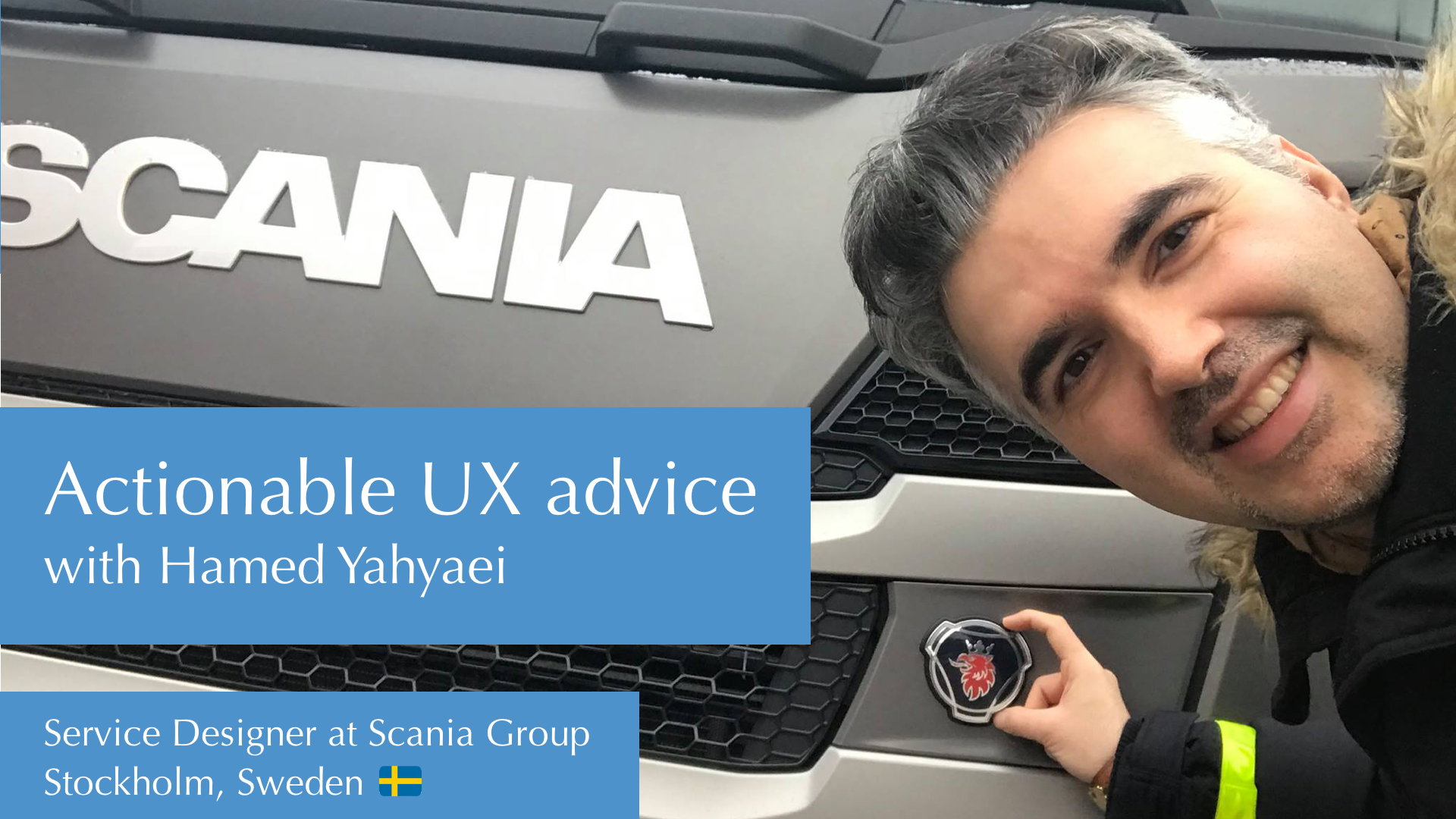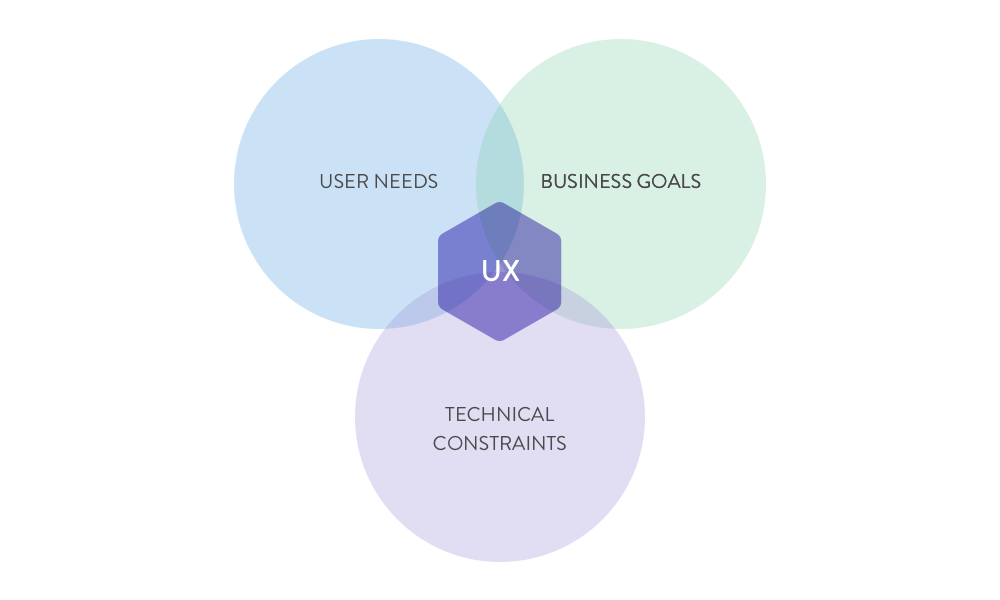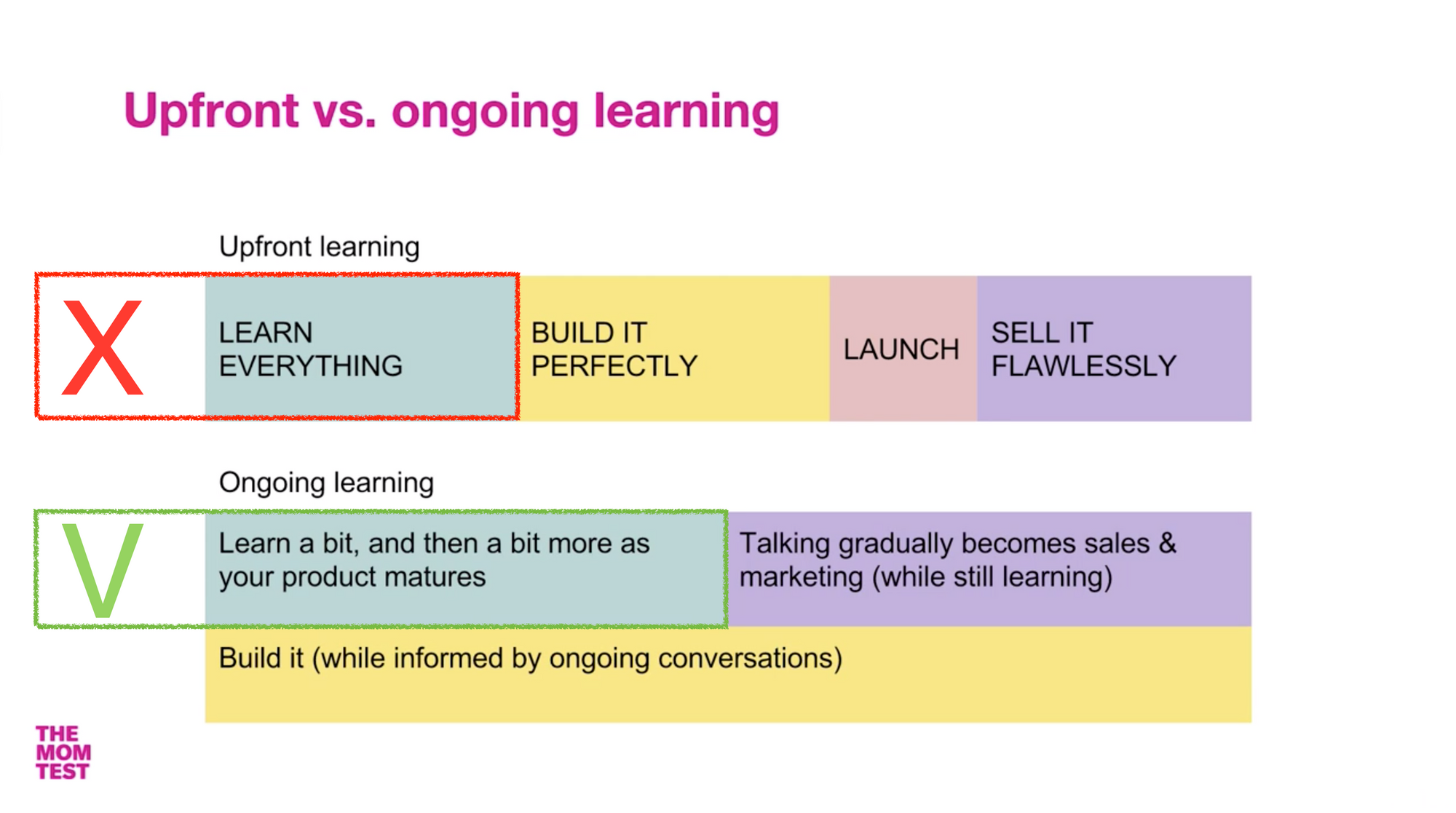Actionable UX Advice with Hamed Yahyaei
June 2019 6 min read
It was a great time hosting Hamed Yahyaei, Service Designer at Scania Group, Sweden. Some of his achievements include:
- Volvo Innovation Challenge Winner 2018
- 1st Place of OpenHack Sweden #OHHBG18
- Best Visual Experience 2016 at Open Hack Greater Copenhagen
During the Q&A session we’ve discussed UX from different perspectives.Hamed was generous to share his advice to UX professionals, candidates and companies who’d like to get better in new product development.

Summarizing that densely packed session into the following actionable advices:
Professional communities matter
There are a number of professional communities in UX. They provide a massive value for anybody that’s involved:
- Students could learn more about real-world challenges, combining first-hand info with a theory taught in university.
- UX professionals have a chance to get out of their silos and communicate with peers in different companies, learning new techniques and sharing struggles.
- Company representatives (usually head of departments) could find highly motivated talents, drown into the industry buzz catching the latest trends.
The proof of these words is that this article written as proceeding from Q&A session organized by IDF Kharkiv that’s the local chapter of the Interaction Design Foundation — non-profit that provides high-quality learning materials and promotes design practice through local communities.
Be ready to use the language of the industry you're working in
Your peers in the company are pro's in different disciplines, you're adding up to the team by being the UX professional. Having well developed soft skills help a lot in conveying ideas you'd like to implement. Though it's important to use a plain language, not a design slang. This way facing complicated projects you're not making them more complicated by using fancy terms. The good job is to make UX understandable to non-UX people around you.
UX job is not only about users
This could be a bit counterintuitive as we should understand and represent users. Though from the inside UX is about aligning several standalone parts together, that are: business with it's goals, users with own motives and technology that brings both opportunities and limitations.
Design Thinking is the glue for on-boarding different team members and creating a design culture in a long run
UX people are nobled to hold a big picture and responsible of aligning teams within the company to follow the common goal. It's the leadership role despite it's mostly called design role which in turn sometimes understood as drawing visuals.
All 3 areas (business, users, technology) should be balanced by listening to all there and acting to satisfy them as a whole one. While trying not to get in love with one of these.

Non-stop learning
It's easy to lose the track at the high-paced field as UX design. You go from a book to an article in a never ending loop. Be proud of your diligence and keep the mind open. It's important to keep learning how to empathize with users, acknowledging difference in perception between a professional designer and a mere user who we want to benefit by our job.
Age is not important it's more about having the right mindset and the knowledge.
Learn tools and skills that are around
UX is conceptual so it's almost required to build skills around the work spectrum. UI will help to convey the ideas visually. Coding can help better communicating the technical task and collaborate with the development team. Be able to understand difficulties and differences.
Pick on of the tools and start learn by doing.
What's really really needed?
Something is blurry about the real needs of the market. It would help a lot if recruiters would draw a clearer picture of what they really need from a UX or a design professional they're looking for. Understandably it should be a combined effort of the whole organization to provide the critical and sharp information to hire the right person.
In Sweden when a company employs someone it invests a lot.
For employer it makes a lot of sense to have a face-to-face talk with a promising candidate as it's provide a better connection between the candidate and the company.
It's almost impossible to be 100% sure in a hire. As an employer you're trying to reach the safety threshold by scoring a potential candidate on several areas to ensure the overall fit. [Alex Gostev opinion:] To me it's more like James Suckling rates wines opposed to be impressed by an ability to do one thing better than others.
Being the best designer is not required if it's a lack of ability to communicate and be a team player. The most important is an attitude of a potential hire.
If you're well educated, have experience, humble and eager to learn, with no doubts, you're the right candidate.
It's not very complicated to be hired if you have a positive personality and right skills.
Building a portfolio that works
It's beneficial to have a diverse portfolio that's not focused on any specific industry e.g. e-commerce of online finance. Diverse portfolio conveys to the employer that you can potentially tackle any problem that comes in.
Put on some real projects if possible. NDA's are preventing to expose some interesting experiences. Though it's not a break of NDA to mention that you was doing a specific job for a (possibly well respected) company. This info could be interesting to a potential employer.
UX design portfolio is a challenge as it's not only about a visual part as it has a user testing and a user research part. It helps very much when building the portfolio if the work was documented well while was performed.
Don't dip very much into details as the potential employer have a limited amount of time for review. 3-5 best cases is enough.
Hackathons aren't only for newbies
A hackathon is absolutely the right opportunity because you're in a teamwork. It provides a way to demonstrate your communication skills. It's a chance and a practice of evangelizing the design part as in a six players team you most likely to be the only designer.
Hamed: I was very active in different hackathons. On hackathon, you should tackle your ego first as you have to deliver as a pro. It's not a show-off scene.
Being a good person counts
When a company matures and has stable cashflow it gets more comfortable in hiring the right person. Missing skills might be acquired down the road. As an employer you can't expect a new hire to know everything, though he or she should be a quick learner.
You have to be open about what you're thinking about, but the way how you're putting it, is the art of packaging.
Going back to the start of the article it's important to be understandable among non-design peers. Say you can't just put terms of Design Thinking when you'd like to explain it as they're too industry specific.
Designers should be more involved in defining MVP
It helps to the overal success of the endeavour if the implementation team is aligned with the mission from beginning. In Extreme Ownership this is called - leading down the chain. If you're as a team defining MVP it's less stress to deliver it.
The product owner should not be the only person who defines the MVP, rather it's better to be a team effort. As the different roles who'd be participating in the development have different perspectives and can attribute larger into catching potential problems before the MVP is defined.
Hamed: As Service Designer you have the bird view from which you observe more than one possible MVP and you have to pick up the right one.
Balance activities
Don't be in user research for a long time as you might stuck in the research phase forever. Balance different activities instead: create UI, empathize with users, plan functionality, etc. Balance activities, don't just separate them at stages.
As the Mom Test puts this:

Don't stick to the titles they could limit you
Titles mught be about the salary as a company have grades so they should be applied as titles where each title communicates the grade.
It's more important what you're going to do. Some UX Intern roles in a company with developed design culture could provide a hefty experience. Don't limit yourself with titles, it's important to be open to a better opportunity to learn than to follow an artificial threshold that you've set.
Titles aren't that important when it comes to doing the job
UX titles aren't standardized - UX Designer, UX Architect and UI/UX could often mean the same.
Some startups in order to attract people are ready to provide a higher rank the title. It's important to be smart enough not to be seduced by the title, understanding what underlying work it really communicates.
Thanks for reading, hope you've got a good refresher or your knowledge or have found anything new that's actionable.